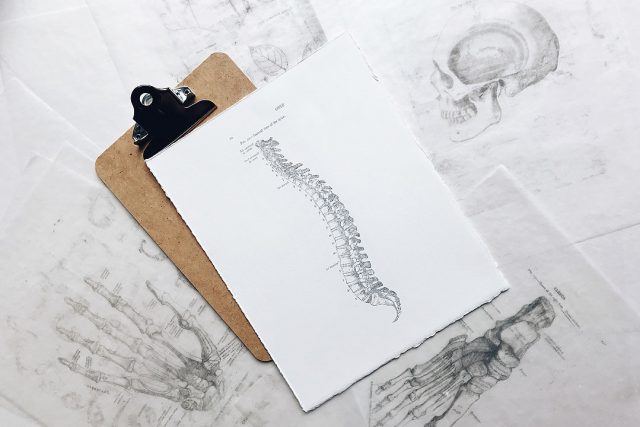
By Brontë H. Lacsamana
WHEN FREQUENT and persistent back pain greatly reduces one’s mobility, doesn’t improve with rest, and disturbs sleep, a chronic illness called axial spondyloarthritis (AxSpA) could be the culprit.
“If detected late, there is really deformity and it’s debilitating. It impacts patients’ most productive years,” said Dr. Evan Glenn S. Vista, a rheumatologist at St. Luke’s Medical Center, explaining the effects of the inflammatory disease that involves the spine and the joints that connect the spine to the pelvis.
“Even if it does not equate to the number of Filipinos with, say, hypertension or diabetes, this subset of patients in the population will be able to contribute to society if their AxSpA is controlled properly,” he added at a recent webinar on bones and joints.
There are two types of AxSpA: non-radiographic (nr-axSpA) and radiographic, also known as ankylosing spondylitis (AS). The biggest difference between the two is that nr-axSpA doesn’t show up as spinal damage on a scan (such as an X-ray or magnetic resonance imaging) while AS does.
The lack of visible inflammation on an X-ray can lead to a delay in diagnosis, which can be done by a primary care physician or, better still, by a rheumatologist, Dr. Vista said.
Based on the International Map of Axial Spondyloarthritis (IMAS) online survey conducted in 2021, the average delay in diagnosis runs over seven years, with 81% of patients losing spinal mobility within the first 10 years of the disease.
“The age of onset is mid-20s, normally the most productive time of life. Late diagnosis and inadequate treatment have potential socioeconomic consequences,” he added.
SELF WORTH, MENTAL HEALTH
The Axial Spondyloarthritis Association of the Philippines (ASAPh), the Philippine Rheumatology Association (PRA), and pharmaceutical company Novartis renewed their partnerships to strengthen public knowledge of AxSpA and its early diagnosis and treatment.
Got UR Back, a campaign headed by ASAPh, invites AxSpA patients to share their experiences of the condition for the medical community in the Philippines to listen to and act on. ASAPh has also encouraged patients to take the ongoing IMAS online survey, a global case study that seeks to shed light on the patient experience.
“There’s currently no government program for AxSpA,” said Clark Ferrer, President of ASAPh, who also suffers from the disease. “Our vision is to have a forum with the government, so we can have a healthcare policy to provide for Filipinos with AxSpA.”
He shared his own 21-year journey, from being bedridden due to frequent back pain to the decaying of his self-worth and mental health.
Dr. Juan Javier Lichauco, president of the PRA, acknowledged that AxSpA patients today have a better support system and newer treatment options: “The presence and development of biologics really changed the quality of life of our patients. They have the ability to address symptoms of pain now, and these drugs have the ability to stop the progression of disease.”
PRA also offers Clarrio, a mobile application that aims to help individuals suffering from chronic low back pain. Available for free on the App Store and Google Play, it allows users to categorize the level and nature of their pain and gives them tools to monitor and manage it. The app also connects to the PRA website, which lists over 200 rheumatologists and links to telemedicine services.
Back pain to bedridden
Source: Bantay Radio
0 Comments